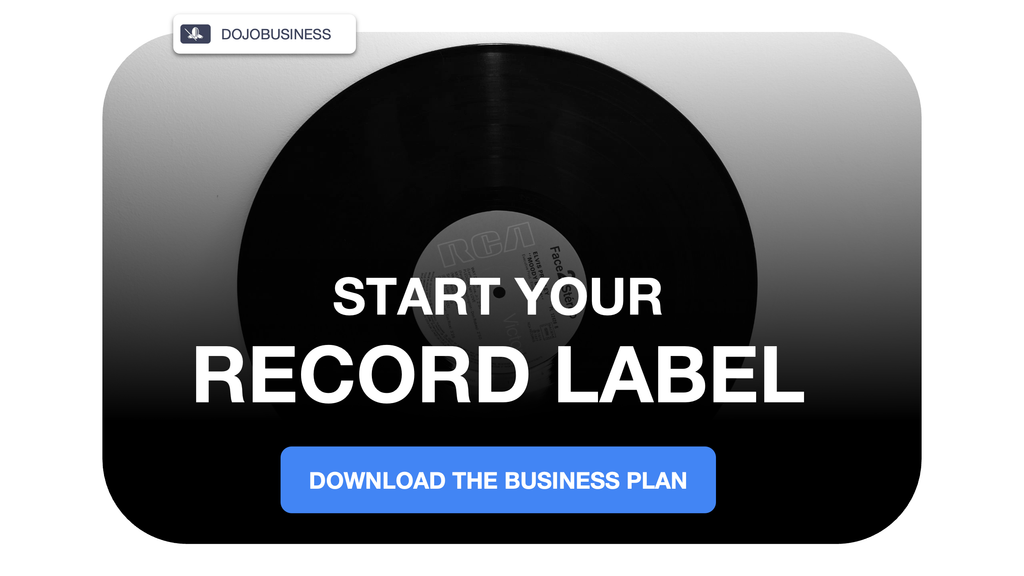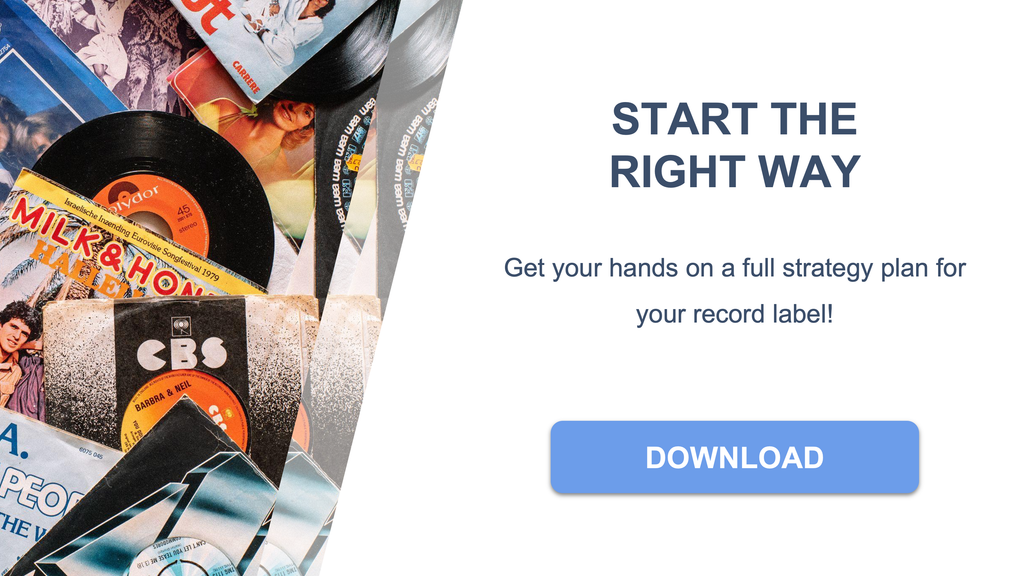Starting an indie record label can be a rewarding venture, but it's important to fully understand the costs, strategies, and market dynamics before diving in. This article answers key questions about the startup process, funding, distribution, revenue models, and more to give you a clear roadmap for success.

Our record label business plan will help you build a profitable project
Understanding the cost to start and operate an indie record label is essential to making a smart investment. The minimum startup cost for a basic indie label is around $2,650, including basic branding, legal setup, and essential subscriptions. However, for a more competitive operation, costs typically range from $20,000 to $50,000, covering the legal setup, marketing, artist advances, and the first releases.
Ongoing monthly operating costs generally vary between $5,000 to $20,000, covering staff, marketing, and distribution. If you are planning to offer a wider range of services or support multiple artists, you might need $20,000 to $100,000 or more in initial funding.
This is one of the strategies explained in our record label business plan.
How much funding is needed to compete, and what are the typical revenue streams?
Starting an indie label requires substantial initial funding to compete. Most indie labels need $20,000 to $100,000 to handle early expenses and sign artists. Revenue streams primarily come from streaming royalties, physical sales (vinyl/CDs), merchandise, live events, and sync licensing (film/TV). Early revenues are often modest, with break-even points generally reached within 2 to 3 years, depending on marketing and release strategies.
What distribution platforms should an indie label consider?
Music distribution is critical for indie labels to gain exposure. Platforms like DistroKid, TuneCore, and CD Baby offer affordable digital distribution services, ensuring your music is available on Spotify, Apple Music, and YouTube. Additionally, platforms like Bandcamp allow you to sell music directly to fans at higher margins.
You’ll find detailed market insights in our record label business plan, updated every quarter.
How do artist-label revenue splits work?
Indie labels typically offer a 50/50 revenue split on net profits, but the exact terms can vary. Some labels may offer a higher percentage of royalties to artists (up to 75%) depending on the label’s size and the artist's leverage. Advances are often provided, recouped from royalties after a set period.
What are the profit margins for indie labels after expenses?
After accounting for artist royalties, production, marketing, and operational costs, profit margins for indie labels range from 5% to 20%. The net margin largely depends on the success of releases, marketing effectiveness, and the label’s ability to manage costs.
What is the market demand for niche genres?
There is a strong demand for niche and alternative music genres, especially within dedicated micro-communities. Indie labels can thrive by positioning themselves in specific genres and building loyal followings using streaming services, social media, and direct-to-fan sales channels.
How can indie labels promote artists with limited budgets?
Indie labels can effectively promote artists on limited budgets by leveraging social media ads, influencer partnerships, and organic content like YouTube shorts or TikTok videos. Grassroots campaigns are often more successful than expensive traditional marketing strategies and can yield competitive results compared to major labels' campaigns.
This is one of the many elements we break down in the record label business plan.
What digital marketing expertise is required?
To make a significant impact, indie labels must have digital marketing expertise, including proficiency with online advertising tools (e.g., Facebook/Instagram ads), analytics, and content strategies. Most small labels rely on one dedicated marketer or outsource tasks like PR or playlist pitching.
How many artists should a new label sign in the first year?
New indie labels should aim to sign 1 to 3 artists in the first year. This allows the label to focus resources on developing strong relationships and producing quality releases while minimizing financial risk.
What legal challenges do indie labels face?
Indie labels must navigate music copyright registration, international digital rights, and royalty reporting. Clear contracts are essential, particularly for issues related to rights ownership, duration, and licensing, ensuring both the label and artist are protected.
How do sync licensing and partnerships affect revenue?
Sync licensing (placements in film, TV, and games) can generate significant revenue, often surpassing streaming royalties for niche labels. Playlist placements and partnerships with other businesses, like merchandise collaborations, also provide additional revenue streams and visibility.
What is the timeline to profitability for an indie label?
Indie labels typically reach profitability after 2 to 3 years of consistent releases and audience growth. Key benchmarks include the first successful release, breaking even on marketing spend, securing sync deals, and expanding direct-to-fan sales.
Conclusion
This article is for informational purposes only and should not be considered financial advice. Readers are encouraged to consult with a qualified professional before making any investment decisions. We accept no liability for any actions taken based on the information provided.
Read more articles
- Complete Guide to Starting a Record Label
- How Much Does It Cost to Start a Music Label?
- The Record Label Business Plan
- Starting a Record Label with No Money
- Understanding Record Label Customer Segments
- Tools for Measuring Revenue in a Record Label
- Understanding Streaming Revenue for Record Labels
- Record Label Business Models Explained
- Record Label Industry Statistics and Trends
- Music Industry Market Analysis
- How to Make Your Record Label Profitable

